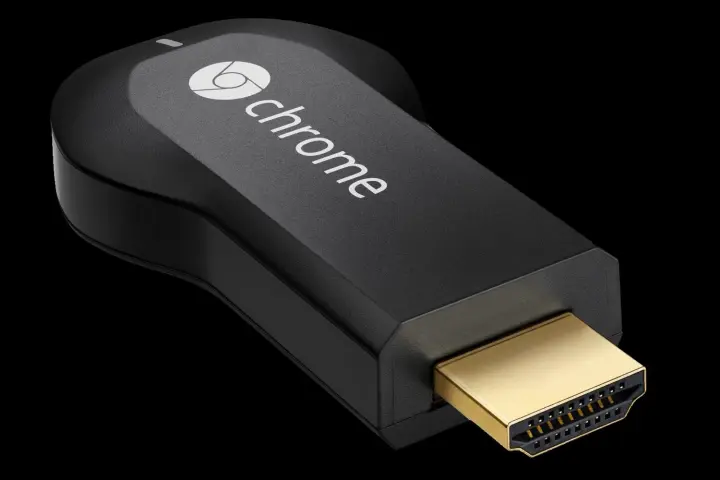
Google Chromecast 1: A Revolution in Streaming
Launched by Google on July 24, 2013, the first-generation Chromecast brought a new way for users to enjoy streaming content directly on their TVs. With its compact design resembling a small USB dongle, Chromecast connects to any TV via an HDMI port, transforming it into a smart TV capable of streaming videos, music, and more from a range of apps.
Easy to Use and Affordable
One of Chromecast’s main selling points is its simplicity. It doesn’t require a complex setup or additional remote. Users control the device using their smartphones, tablets, or computers. At launch, it was priced at just $35, making it an affordable solution for upgrading home entertainment systems.
How It Works
Rather than directly streaming content from your phone or tablet to the Chromecast, the device “casts” media by receiving the URL of the content, which it then streams independently from the cloud. This helps save battery on mobile devices and enables better streaming quality.
Wide Range of Support
Initially, Chromecast supported apps like YouTube, Netflix, and Google Play services, but over time, the list grew to include popular services such as Hulu, Spotify, and HBO. Through the Google Cast protocol, users could also mirror their device screens to the TV, a feature appreciated by those looking to share photos, presentations, or web pages.
Tech Specifications
- The first-generation Chromecast came with 512MB of DDR3 RAM and 2GB of flash storage, enough for its basic streaming tasks.
- It had a single-core ARM Cortex-A9 processor, which was adequate for the early streaming needs.
- The device required an external power source, typically via the included USB cable that could be plugged into the TV’s USB port.
The Beginning of a Streaming Era
Google Chromecast’s first iteration may not have been the most advanced media player, but it set the stage for future streaming devices and introduced an affordable, easy-to-use solution that gained popularity worldwide. It was a significant step forward in making smart TV functionalities accessible to a broader audience.
